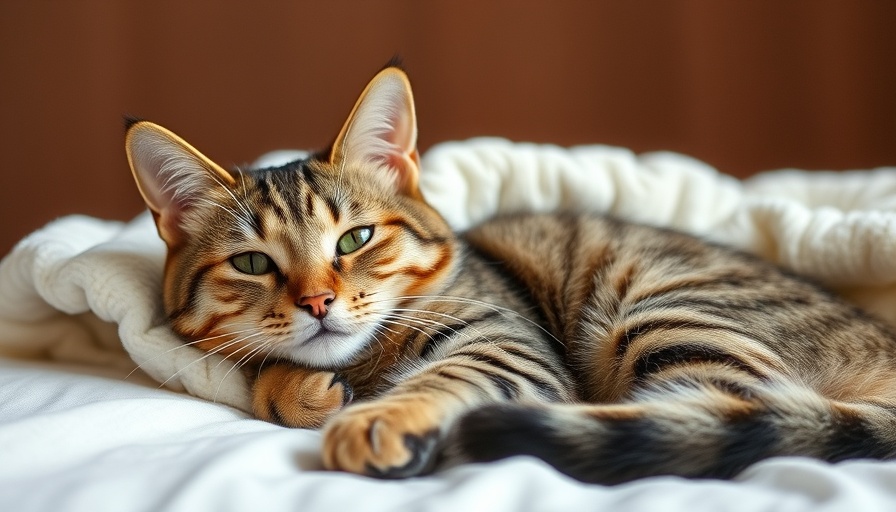
Understanding Feral Cats: The Heart Behind Their Shadows
For animal lovers, witnessing homeless cats struggling on the streets can be heartbreaking. But what many don't realize is that these felines often represent a deeper issue in our communities. Feral cats—those born and raised outdoors without human interaction—are just one part of a larger narrative involving pet overpopulation and the need for compassionate intervention.
Can a Feral Cat Be Domesticated? The Answer is Not So Simple
The question of whether feral cats can be domesticated is complex. Experts generally caution against adopting adult feral cats due to their lack of socialization and natural survival instincts. However, there are exceptions that can give potential pet owners hope. It’s essential to differentiate between feral cats, who have always lived in the wild, and lost or abandoned cats, who may still possess some trust towards humans.
Adequately Assessing Feral Cats: Actual vs. Abandoned
Recognizing the difference between a feral cat and an abandoned cat is critical. A truly feral cat has never known the warmth of a home, while an abandoned cat may simply be afraid or confused due to recent changes in their environment. A loving approach can sometimes lead to remission for the latter, which opens doors for potential rescue.
The Process of Domestication: A Difficult Journey
If one is committed to attempting to domesticate a feral cat, it’s important to be prepared for a long process that could require extensive patience and understanding. The journey involves gradual socialization, beginning with simply allowing the cat to get familiar with human presence and rewards such as food. Successful domestication has been reported in kittens more often, as they are more adaptable than adult ferals.
Fear: The Major Barrier to Successful Domestication
Fear is a crucial barrier that stands in the way of feral cats attending to humans. These cats rely on survival instincts built from years of living in the wild. Understanding their apprehensive nature is essential for anyone attempting to provide them a foothold in a domestic environment. Repeated gentle interactions can help build trust, but it is a slow and challenging process.
Spaying and Neutering: An Essential Consideration
Many argue that one of the primary reasons for escalating feral cat populations is the absence of spaying and neutering. Responsible management through these procedures not only helps to control feral cat numbers but also reduces the risk of health issues related to reproduction. Local animal shelters and rescue organizations offer affordable options for spaying and neutering, which can produce a tremendous impact on community cat populations.
Future Prospects: Creating a Path for Change
Ultimately, education and awareness are key to changing the narrative around feral cats. Understanding the difference between feral, abandoned, and lost cats can assist individuals and communities in making informed decisions. Moreover, as more individuals recognize the importance of sterilization and responsible pet ownership, the cycle of feral cat populations can be mitigated.
Your Role in the Change: What You Can Do
Pet owners can contribute to the change environment by supporting local animal shelters, participating in Trap-Neuter-Return (TNR) programs, and advocating for responsible pet ownership. Each small effort can create a ripple effect, making a significant difference in the lives of these elusive companions.
In conclusion, while the prospect of taming a feral cat presents challenges, with heart, patience, and education, there is hope for a brighter future for both cats and communities. The key lies in understanding and compassion, allowing feral cats to receive the care they deserve.
 Add Row
Add Row  Add
Add 




Write A Comment